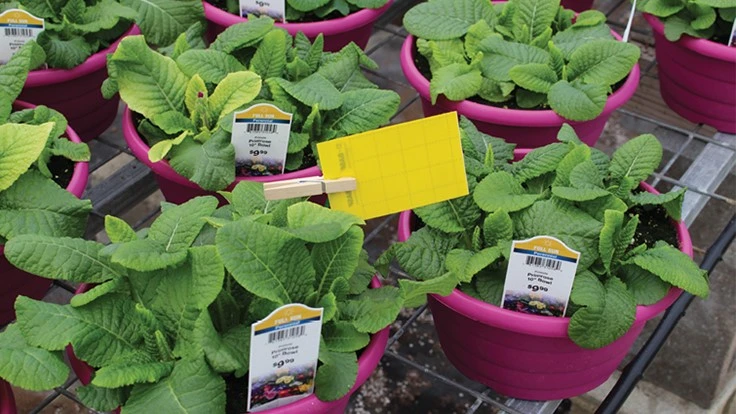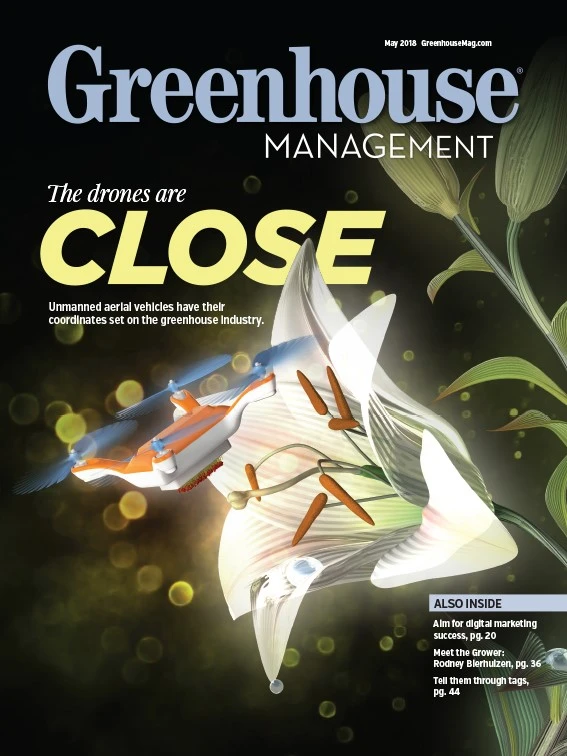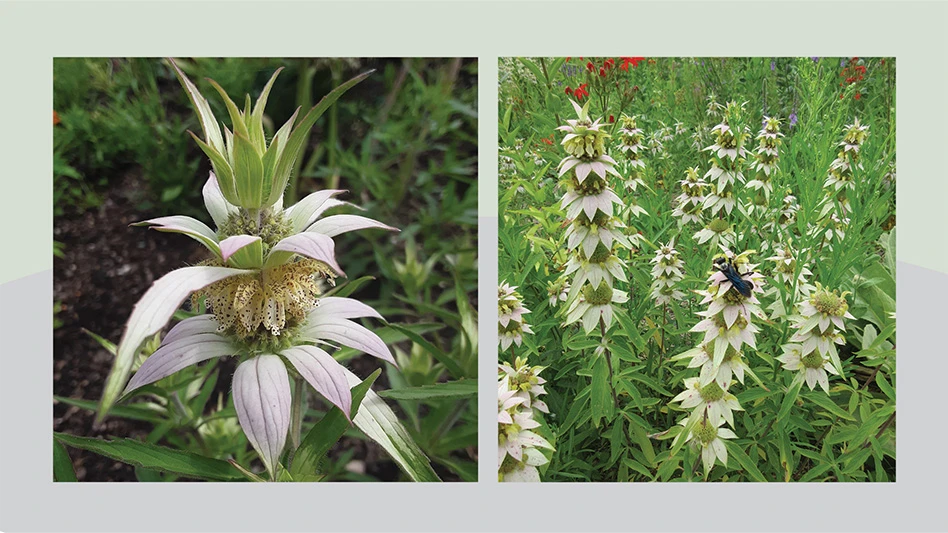

Biological control is a plant protection strategy that involves purchasing (from a distributor or supplier), and subsequently releasing or applying biological control agents or natural enemies (parasitoids, predators, entomopathogenic nematodes, or entomopathogenic fungi/bacteria) into a greenhouse in order to regulate existing insect and/or mite pest populations. Biological control is a preventative approach in managing insect and/or mite pests, which is somewhat different than the use of insecticides or miticides. For instance, in some cases, natural enemies are released prior to noticing insect or mite pests because once extensive pest populations are present and have become established — it is generally too late to use biological control.
There are a number of factors that can result in a biological control program failing to provide sufficient regulation of insect and mite pests. This article will address five factors including: 1) not implementing a reliable scouting program; 2) not conducting a quality assessment of purchased natural enemies; 3) not releasing enough natural enemies; 4) releasing natural enemies too late; and 5) applying pesticides that directly or indirectly affect natural enemies.
1. Not implementing a reliable scouting program
Since biological control is a preventative approach, it is important to develop a scouting/monitoring program that will allow you to determine the population dynamics (the relationship between pest populations and the environmental factors that may influence populations) and track trends in pest numbers during the growing season. Scouting/monitoring will result in more efficient timing of natural enemy releases. However, when releasing parasitoids, remove any yellow sticky cards for at least one week, as adult parasitoids are attracted to and will be captured on the yellow sticky cards.

2. Not conducting a quality assessment of purchased natural enemies
Quality assessment is essential in implementing a successful biological control program. The success of a biological control program is contingent on receiving functional natural enemies that are capable of locating and killing targeted hosts (prey). Shipments of natural enemies — both parasitoids and predators — should be stored for a minimal period of time upon receipt (no more than three days) so as to avoid any negative effects on fitness and foraging ability, which can impact the effectiveness of natural enemies in regulating pest populations. Therefore, in most cases, natural enemies should be released immediately upon receipt.
In addition, prior to release, always check to make certain that natural enemies are alive. For example, for predatory mites (e.g. Phytoseiulus persimilis) that are shipped in containers consisting of vermiculite or bran carriers, a small amount of the carrier can be placed on a white sheet of paper [8.5 x 11.0 inches (22.0 x 28.0 cm)], checked with a 10X hand-lens or if available, a dissecting microscope to determine if the predatory mites are active or not.
Parasitoids that are shipped as “parasitized pupae” or “mummied aphids” can be evaluated using a different method. For instance, whitefly parasitoids such as; Encarsia formosa and Eretmocerus eremicus that are shipped on release cards containing parasitized whitefly pupae or aphid parasitoids (Aphidius colemani and Aphidius ervi) shipped as “mummified aphids” in plastic containers can be assessed by placing a sample release card (for whitefly parasitoids) or small sample of carrier with “mummified aphids” (for aphid parasitoids) inside a glass Mason jar with a lid. A section of a yellow sticky card [1.0 x 1.0 inch (2.5 x 2.5 cm)] can be affixed to the bottom of the lid. The Mason jar should be checked regularly to ensure that adults are emerging from the pupae or “mummified aphids.” The number of potential functional parasitoids that emerged from pupae or “mummified aphids” can be assessed afterward when all the parasitoids have died in the Mason jar.

3. Not releasing enough natural enemies
Do not be “cheap” when purchasing natural enemies. Always release a sufficient number to ensure regulation of existing insect and/or mite pest populations. Releasing too few natural enemies will likely result in poor regulation of pest populations and subsequent damage occurring to greenhouse-grown horticultural crops. Refer to Table 1 for release rates of specific natural enemies based on biological control supplier information.
4. Releasing natural enemies too late
Biological control is a preventative approach and, as such, natural enemies are typically released before extensive insect and/or mite pest populations have become established. Therefore, order natural enemies in advance to ensure that you receive shipments at least every other week, so that you will receive a consistent shipment of natural enemies early in the production cycle.

5. Applying pesticides that directly or indirectly affect natural enemies
Pesticides (insecticides, miticides and even fungicides) registered for use in greenhouse production systems may directly or indirectly influence the effectiveness of natural enemies, consequently leading to insufficient regulation of insect and/or mite pest populations. Direct effects are affiliated with acute mortality or survival (longevity), over a specified period of time, of the life stages of natural enemies including: egg, larva, nymph, pupa, or adult. Indirect effects involve inhibiting feeding behavior (for predators), negatively impacting parasitism (for parasitoids), decreasing female reproduction, diminishing prey availability, and reducing foraging behavior or mobility.
Any direct and/or indirect effects of pesticides on natural enemies may be influenced by the following factors: 1) product formulation, 2) application rate, 3) natural enemy type (parasitoid or predator) and species, 4) life stage exposed (egg, larva, nymph, pupa, or adult), and 5) environmental conditions (temperature, relative humidity, or photoperiod). In addition, biological parameters that may be indirectly affected are: host acceptance, foraging behavior, and reproduction. Therefore, it may be prudent to time applications prior to releasing natural enemies or after natural enemies have become established. Be sure to check pesticide labels for specific information regarding direct effects on natural enemies, or contact a university-based extension entomologist.

Explore the May 2018 Issue
Check out more from this issue and find your next story to read.
Latest from Greenhouse Management
- These companies are utilizing plastic alternatives to reduce horticultural waste
- Terra Nova releases new echinacea variety, 'Fringe Festival'
- AmericanHort expands greenhouse training with new Section Grower Certification
- Sakata Seed America celebrates renovation of Cal Poly greenhouse complex
- American Horticultural Society names winners of 2025 AHS Book Awards
- Nufarm announces unified brand
- American Horticultural Society announces winners of 2025 Great American Gardeners Awards
- What growers can learn from amateur plant scientists





